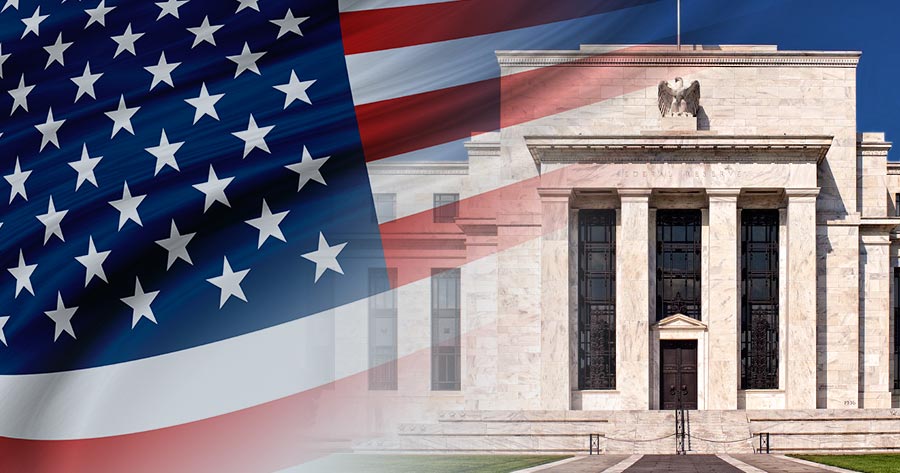The International Monetary Fund (IMF) has upgraded its outlook for worldwide economic growth in its latest World Economic Outlook report, citing stronger-than-expected demand ahead of a looming deadline for the implementation of U.S. tariffs.
The IMF now predicts global GDP will expand by 3.0% in 2025, up from an earlier forecast of 2.8% made in April, following a growth of 3.3% in 2024. For 2026, the global expansion is expected to reach 3.1%, slightly above the previous estimate of 3.0%.
The brighter outlook comes as nations ramp up purchases before a looming August 1 tariff deadline, by which time the U.S. plans to implement significantly higher tariffs. Another contributing factor was the decline in the effective U.S. tariff rate, which dropped from 24.4% to 17.3%.
The effective U.S. tariff rate, calculated from tariff revenues as a percentage of import value, has decreased since April, though it remains well above the 2.5% level estimated at the start of January. Meanwhile, the average tariff rate in other countries around the world stands at 3.5%, down from 4.1% in April.
Despite these improvements, the IMF cautioned that global growth remains vulnerable to risks including a potential resurgence in tariff barriers, geopolitical tensions, and mounting fiscal deficits, which could prompt higher interest rates and tighter financial conditions worldwide.
The report also provided an updated economic outlook for major economies. The U.S. economy is forecast to grow by 1.9% this year, edging up from the previous estimate of 1.8%, while China’s growth projection has been raised to 4.8% from 4%. The eurozone is now predicted to expand 1.0%, up from 0.8%.
In Thailand, the IMF now expects GDP to grow by 2.0% in 2025—up from its earlier 1.8% forecast—after a growth rate of 2.5% in 2024 and 2.0% in 2023. For 2026, Thai GDP growth is projected at 1.7%, also higher than previous estimates of 1.6%.
The report highlights the ongoing uncertainty from U.S. trade policy. President Trump imposed a baseline 10% tariff on nearly all imports in April, and has threatened to introduce even steeper tariffs from August 1.
The U.S. has also rolled out 25%-50% tariffs on automobiles, steel, and other metals, with plans to extend the higher rates to pharmaceuticals, lumber, and semiconductors.
The IMF stressed that these future tariff hikes are not yet included in the latest forecasts. Should they take effect, the effective tariff rate would likely rise again, increasing supply chain bottlenecks and amplifying the negative impact on global trade and growth.





